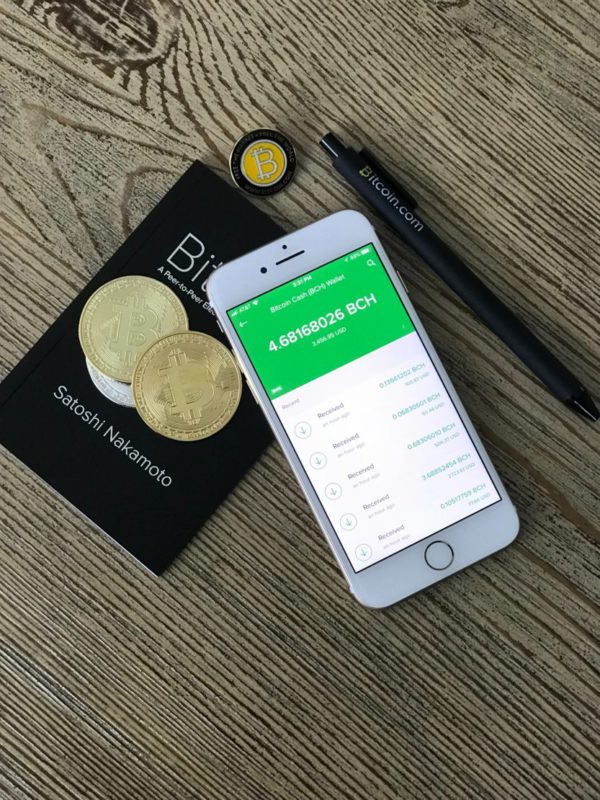What Does Bitcoin Mining’s Future Hold?
Making a living as a person who has a full-time bitcoin mining job is a difficult task. When China declared a blanket ban on the practice within its borders last year, a small army of miners rushed into action, shutting down their machines, stopping their operations, and relocating their equipment offshore. China-owned two-thirds of all bitcoin mining to virtually exiting stage left in months.
Bitcoin mining is tough as nails, but there are few other industries where you’d have to uproot and relocate to keep the lights on. It’s also not as simple as crossing a land border. Exiled miners had to transfer a large amount of equipment from mainland China to far-flung locations like the United States, Russia, Kazakhstan, and Canada. If China left a gaping hole, it was quickly filled, with Kazakhstan, notably establishing a reputation as a mining center.
After being expelled from China, the brave miners who created a home in the Central Asian Republic may soon be dusting off their passports once more. Of course, in the much-maligned mining industry, things move quickly. In recent weeks, Kazakh officials have discussed significant tax increases for miners, some of whom, according to the minister of digital development Bagdat Musin, are “severely harming” the country’s energy grid.
Also, read – China’s Automakers Are Shifting Towards Blockchain Technology
In light of this tumultuous backdrop, it’s interesting pondering where bitcoin mining is headed. Will more countries follow China’s lead and impose blanket bans? Or would attitudes soften due to the Bitcoin Mining Council’s work and environmentally friendly advancements such as Bitmain’s liquid-cooled rig?
The future of bitcoin mining is on the line, as is the opportunity to exercise financial self-sovereignty through a decentralized cryptocurrency dubbed “digital gold.” This is increasingly viewed as a human right in the free world, especially in the current state of global political and economic turmoil.
The History of Bitcoin Mining
Of course, bitcoin mining is the mechanism by which new bitcoin is created. The eponymous blockchain, which recently marked its 13th anniversary, is based on a Proof-of-Work (PoW) consensus mechanism, which requires miners to solve difficult-to-solve but easy-to-verify mathematical problems.
PoW math problems are handled and decrypted in exchange for a specific amount of bitcoin known as a block subsidy, despite severe competition from rival miners. The block reward is then calculated by adding the grant to the sum of transaction fees held in the block that is being mined.
Bitcoin mining is the only means to expand the supply of bitcoin, just as gold mine is the only way to increase the collection of the world’s most expensive precious metal. According to bitcoin’s predictable issuance strategy, the final coin will be mined around 2140. Of course, the currency has a hard limit of 21 million bitcoins, which means nodes can’t keep “creating” new bitcoin indefinitely.
Against all odds, Proof-of-Work has kept bitcoin alive for the past 13 years, with no instances of double-spending confirmed. Because those who spend electricity to verify transactions have a solid incentive to keep the ledger clean. Because PoW makes creating a block punishingly expensive, the bitcoin network’s security is more vital than it’s ever been. An attacker would take almost two years to entirely rewrite the ledger dating back to January 3, 2009, even if he had 100% of the network hash rate.
Stay informed with daily updates from Blockchain Magazine on Google News. Click here to follow us and mark as favorite: [Blockchain Magazine on Google News].
Get Blockchain Insights In Inbox
Stay ahead of the curve with expert analysis and market updates.
latest from tech
Disclaimer: Any post shared by a third-party agency are sponsored and Blockchain Magazine has no views on any such posts. The views and opinions expressed in this post are those of the clients and do not necessarily reflect the official policy or position of Blockchain Magazine. The information provided in this post is for informational purposes only and should not be considered as financial, investment, or professional advice. Blockchain Magazine does not endorse or promote any specific products, services, or companies mentioned in this posts. Readers are encouraged to conduct their own research and consult with a qualified professional before making any financial decisions. The featured image used is just a creative depiction of the title and it does not intend to hurt sentiments of any person or institution. If it hurts anyone sentiments, please do not hesitate to reach out to Blockchain Magazine.

 Bitcoin
Bitcoin  Ethereum
Ethereum  XRP
XRP  Tether
Tether  Solana
Solana  Dogecoin
Dogecoin  USDC
USDC  Cardano
Cardano  Lido Staked Ether
Lido Staked Ether  TRON
TRON  Chainlink
Chainlink  Avalanche
Avalanche  Wrapped stETH
Wrapped stETH  Wrapped Bitcoin
Wrapped Bitcoin  Stellar
Stellar  Sui
Sui  Hedera
Hedera  Toncoin
Toncoin  Shiba Inu
Shiba Inu  WETH
WETH  Polkadot
Polkadot  Litecoin
Litecoin  Bitget Token
Bitget Token  LEO Token
LEO Token  Bitcoin Cash
Bitcoin Cash  Hyperliquid
Hyperliquid  Uniswap
Uniswap  Wrapped eETH
Wrapped eETH  Official Trump
Official Trump  USDS
USDS  Pepe
Pepe  NEAR Protocol
NEAR Protocol  Ethena USDe
Ethena USDe  Aave
Aave  Aptos
Aptos  Ondo
Ondo  Internet Computer
Internet Computer  Ethereum Classic
Ethereum Classic  WhiteBIT Coin
WhiteBIT Coin  Monero
Monero  Mantle
Mantle  Cronos
Cronos  Jupiter
Jupiter  POL (ex-MATIC)
POL (ex-MATIC)  Render
Render  Dai
Dai  MANTRA
MANTRA  Layer One X
Layer One X 




